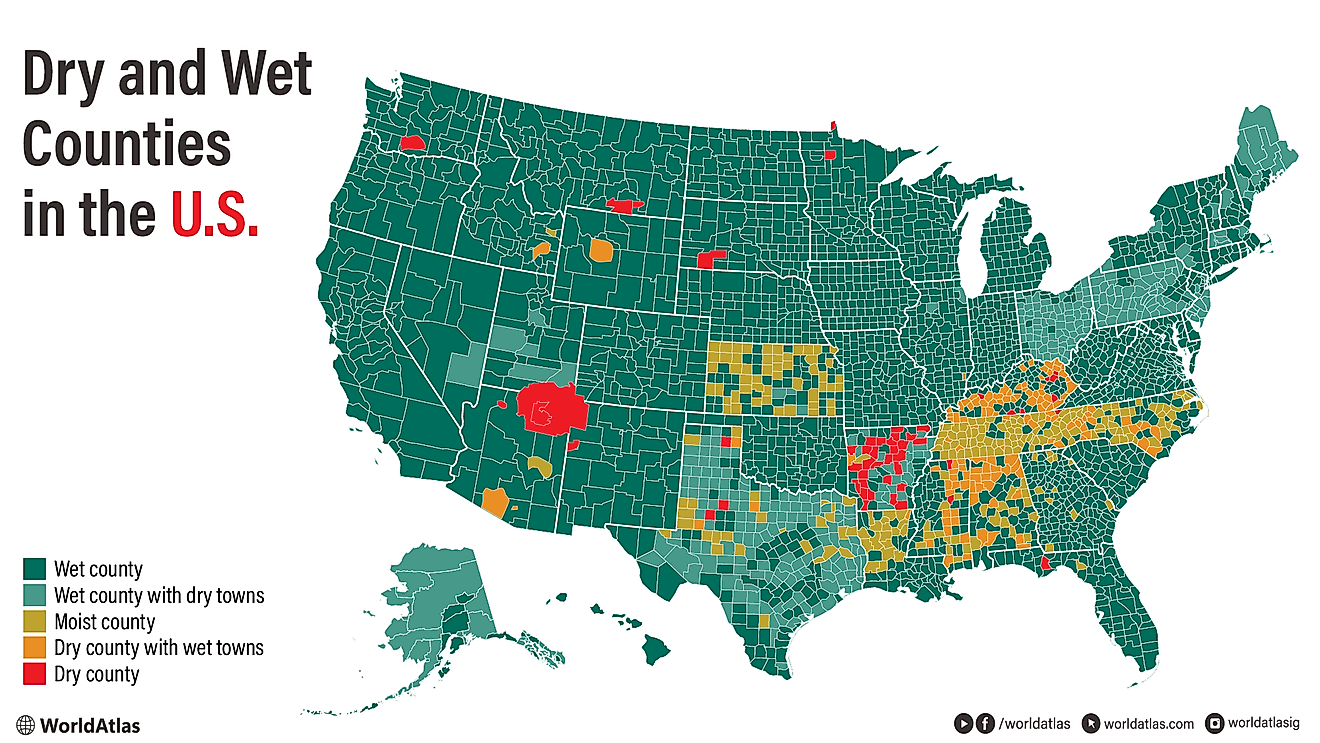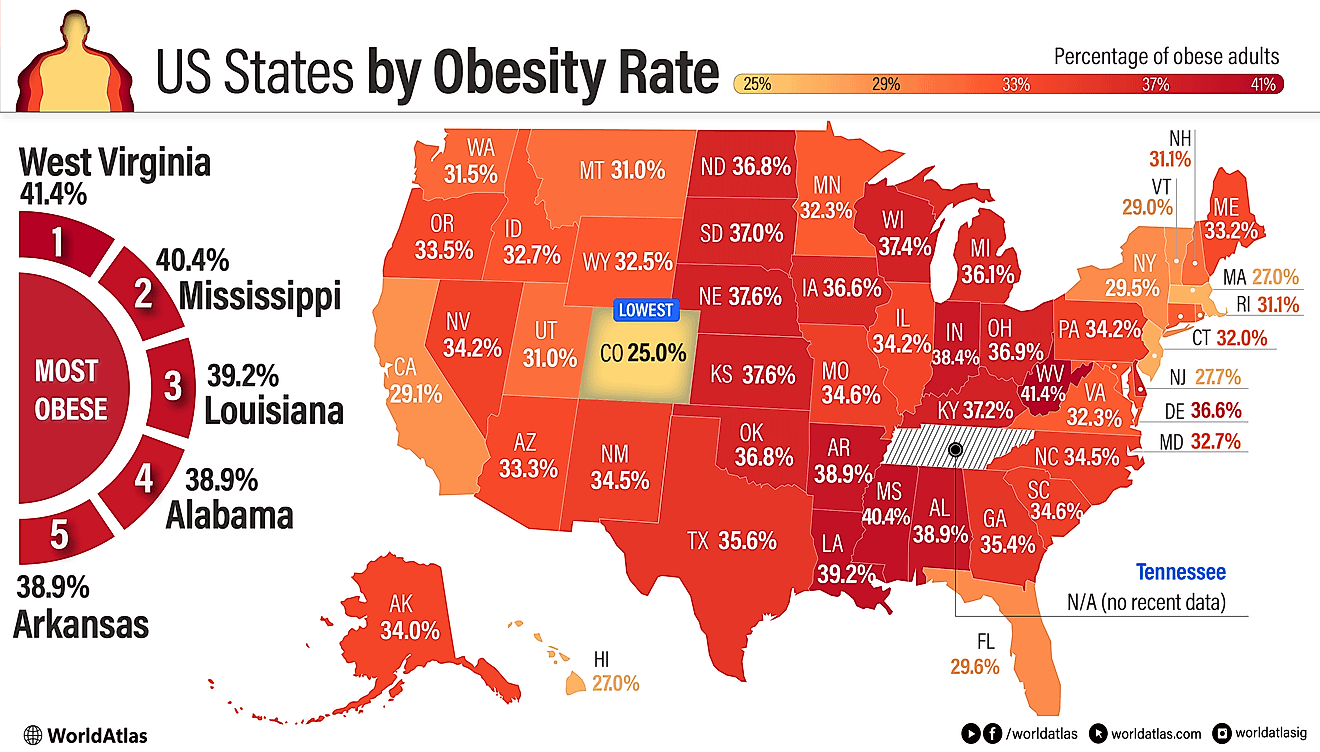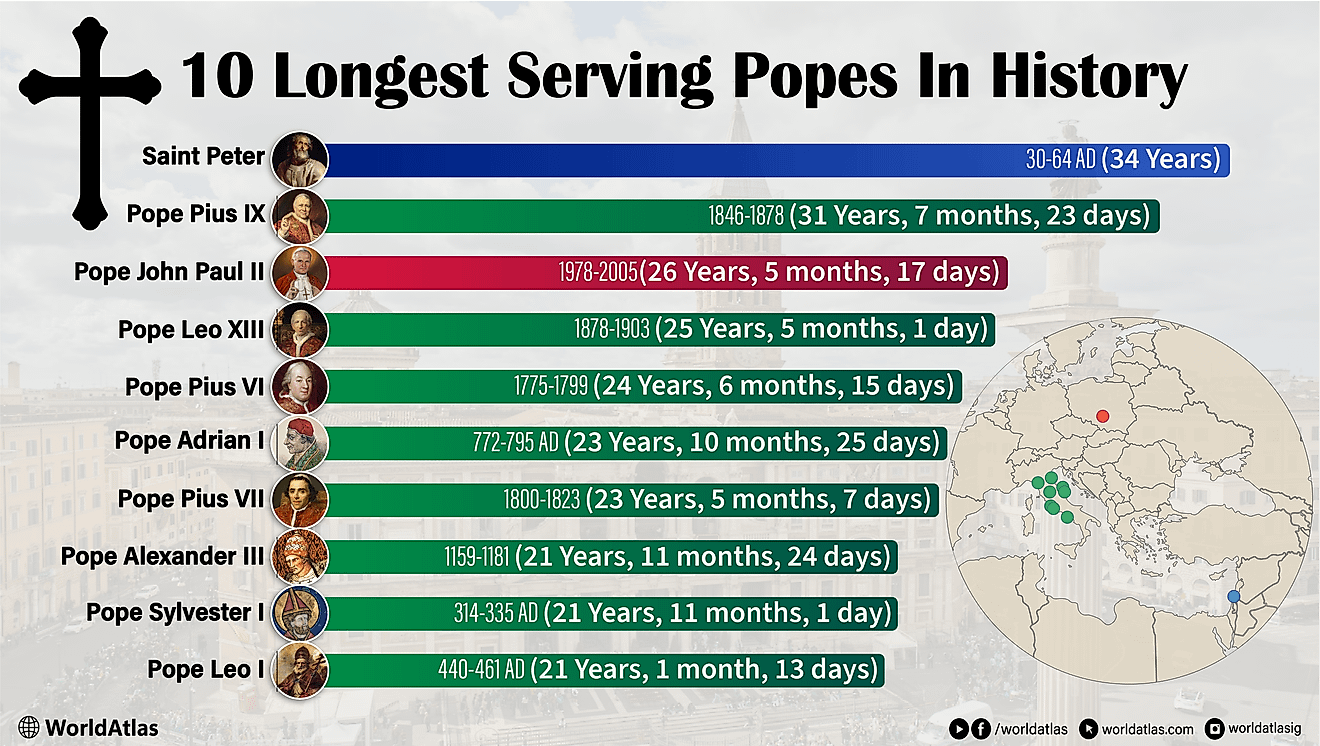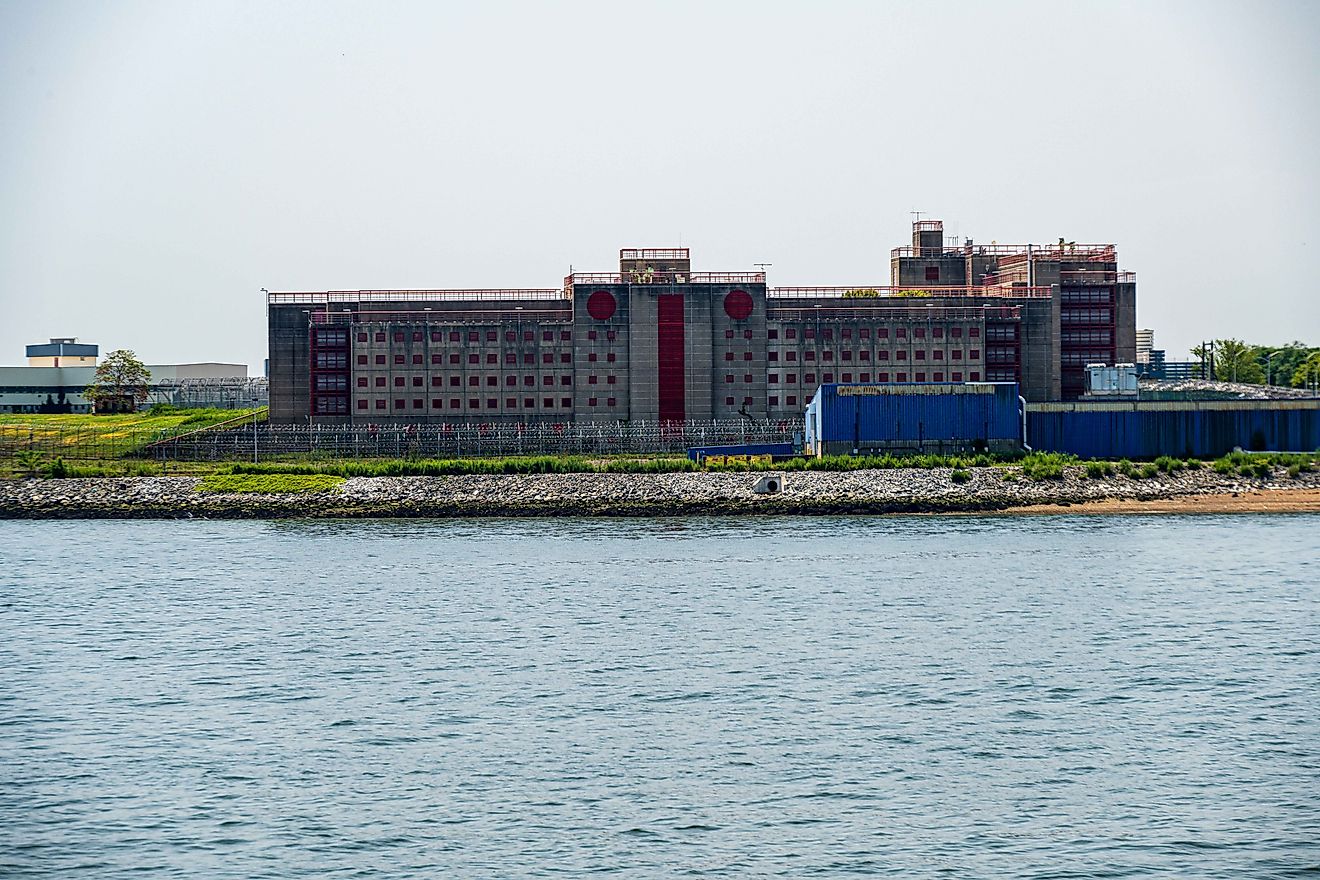What Were The Barbary Wars?
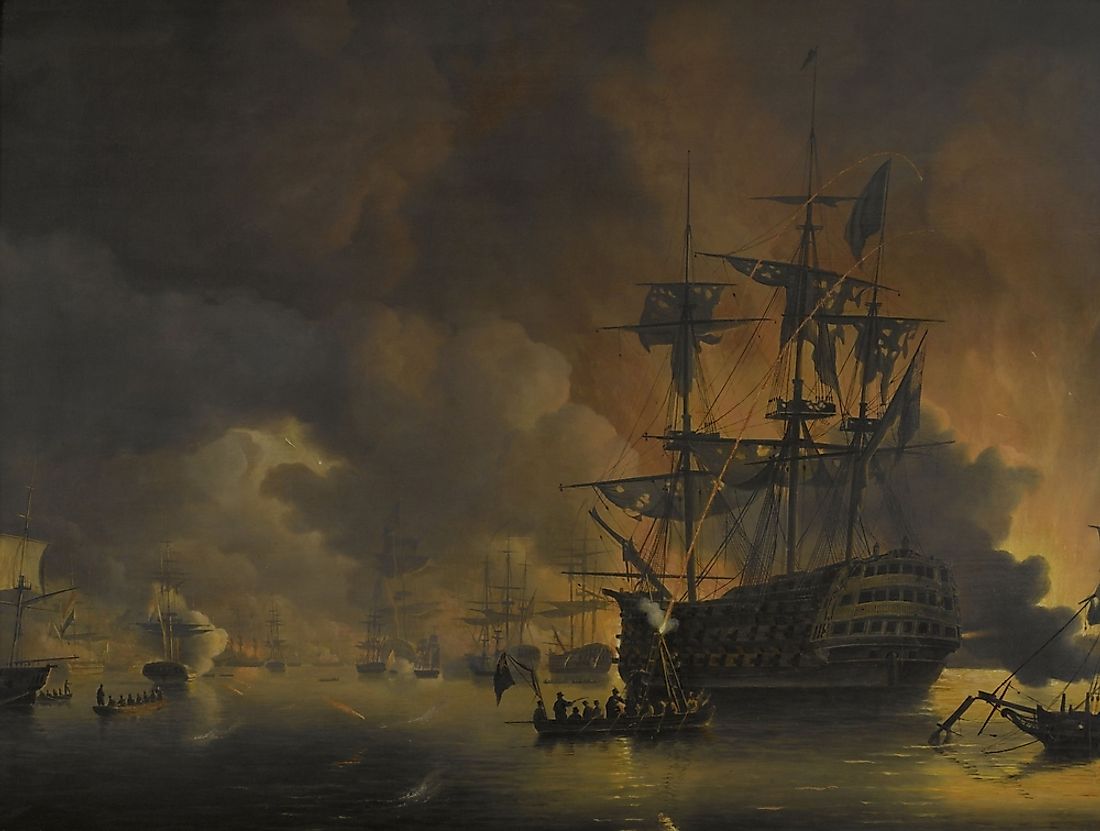
The Barbary wars were a series of conflicts that led to two wars fought on the shores of the Mediterranean Sea during the late 18th and early 19th centuries. The wars involved the Barbary states of North Africa and the United States, Sweden, and the Kingdom of Sicily.
The cause of the conflicts was the prevalence of Barber pirates in the Mediterranean demanding trading fees from ships and ransoms for releasing captured crewmen. These wars were fought more than once in the cities of Tripoli, Algiers, and present-day Morocco during the rule of the Ottoman Empire in North Africa.
Before The Wars
The Mediterranean Sea had for a long time been a major trade route to Europe and a large part of Asia for American vessels. Prior to the wars, pirates in the Barber cities of Tripoli, Algiers, and Tunis would demand a levy from trade ships plying these routes. Ships that refused to pay the demanded fee were hijacked and had their goods stolen. Additionally, the pirates also captured crewmen and enslaved them, offering to return them for a ransom. During the 1780s, just after the United States of America became an independent state, the British Empire ceased to protect American ships using the route. When the Barbary pirates learnt of this new development, they jumped on the opportunity by robbing and hijacking the ships.
The Conflict

The pirates caused the United States of America’s navy to engage them in a series of battles in the areas where piracy was rampant in a bid to end the escalating menace. When President Thomas Jefferson learnt of the brutality of the pirates, he sent the United States naval ships to the Mediterranean to cope with the situation. This was the first Barbary War, from 1801 to 1805. After the war ended, the pirates retreated and allowed fair passage to the ships. It was not long before the pirates struck again and started making it difficult for the ships to ply that route. President James Madison, Jefferson's successor, directed the US military to engage the pirates in the second war in 1815.
The United States joined hands with other nations such as Sweden in order to fight the pirates in the Mediterranean. On the other side, the pirates had an assembly of outlaws fetched from the North African cities of Tunis, Algiers and Tripoli.
The Outcome
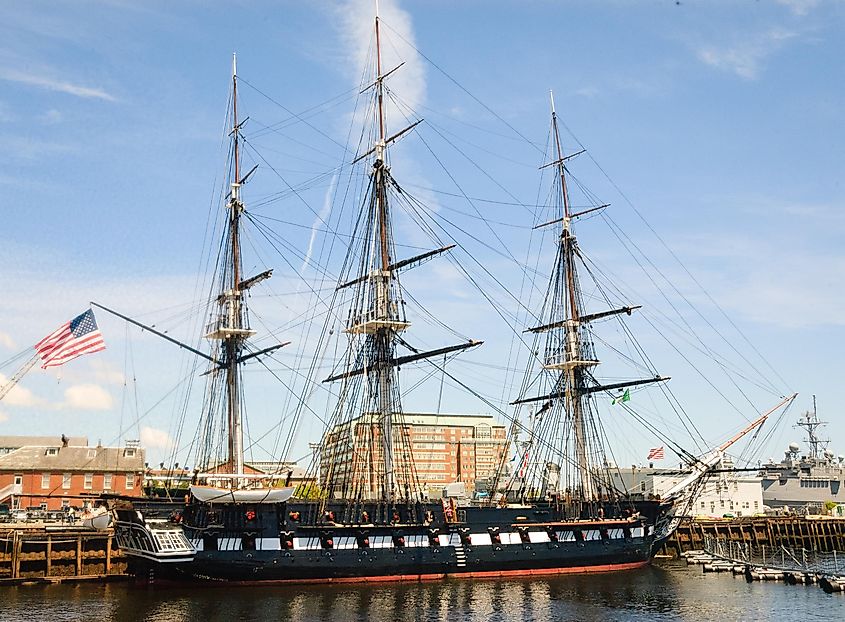
After the war against the Barbary pirates, there was a slight upsurge in piracy activities. However, the United States fought back. Back at home, there were praises by political parties from both sides of the political spectrum who commended the administration for ending the wars. The US also built three frigates (USS Constitution, USS United States, and USS Constellation) to answer the call for security on the waters and also carried out a military operation on the shores of Northern Africa in a bid to make interventions against the government of Libya in what is called the Third Barbary war.
Historical Significance And Legacy
The Barbary wars gave the newly formed United States of America an opportunity to present itself as a strong nation capable of standing for itself defensively against its enemies. The wars created a new relationship between the United States of America and the Northern African nations. Previous treaties, like the one held with Morocco, were reviewed and strengthened after these wars. Trading increased exponentially and led to the growth of the nations involved in the war.
